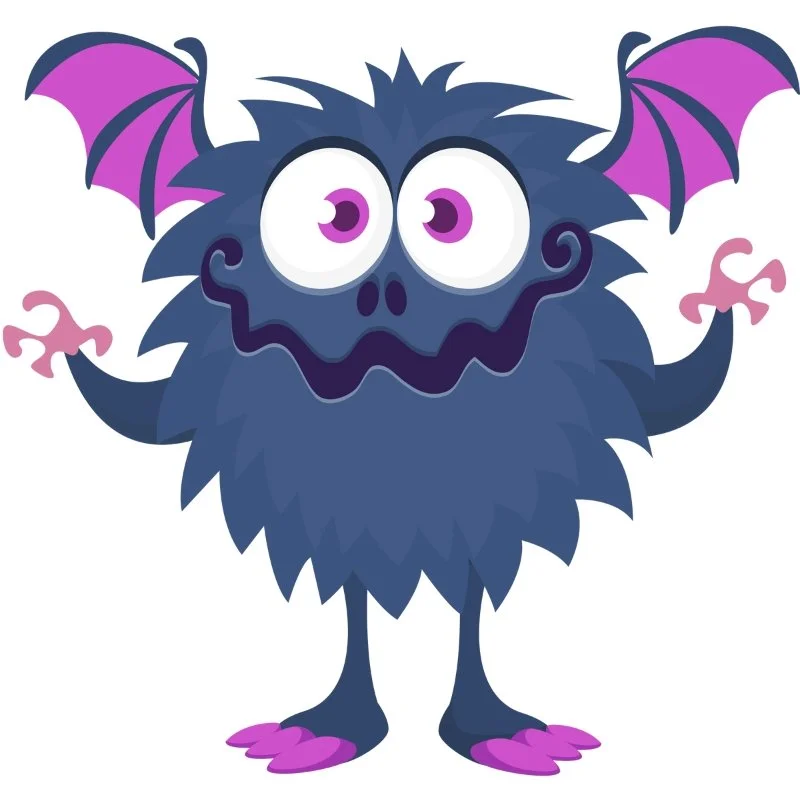Zibble – The Playful, Whimsy, and Lightness Monster
Zibble is one of the Regulating Neuro Monsters. Zibble represents the joy of play, the spark of whimsy, and the gift of lightness that lifts the nervous system out of heaviness. Known as the Playful, Whimsy, and Lightness Monster, Zibble embodies the way laughter, creativity, and curiosity regulate emotions and restore balance. Within the Neuro Monsters Universe, Zibble reveals how play is not trivial but essential for resilience, connection, and emotional flexibility.
The Symbolic Role of Zibble
Zibble symbolizes the childlike spirit that softens rigidity and invites fun. Its presence shows up when you laugh unexpectedly, act silly with a friend, or find delight in simple moments. Symbolically, Zibble represents the balancing force that reminds you that life is not only serious but also playful. By naming Zibble you begin to access joy as a regulating energy that helps release tension and restore perspective.
Zibble often appears as a colorful, bouncy figure juggling objects or creating small tricks. This symbolic image reflects how whimsy brings surprise and movement, breaking apart the stuck patterns of seriousness. When you face Zibble with openness, the nervous system shifts into play, allowing lightness to return.
Play and Lightness in the Brain
In neuroscience terms Zibble is tied to the prefrontal cortex, limbic system, and dopamine reward pathways. Play activates social bonding circuits and releases endorphins, which ease stress and increase resilience. Dopamine sparks curiosity and engagement while oxytocin strengthens feelings of safety during shared play. These combined effects allow the nervous system to recover from heaviness and create balance through joy.
Zibble symbolizes this regulation process where play interrupts rigid loops and restores emotional flexibility. The result is a shift from tension into spontaneity, giving the body and mind space to reset.
The Protective Instinct Behind Zibble
Zibble’s instinct is protective through levity. Play interrupts cycles of rumination, fear, or despair by offering a different rhythm for the nervous system. Its protective purpose is to remind you that laughter and joy are not distractions but survival tools. By seeing Zibble as a guide you can embrace lightness without feeling like you are avoiding seriousness.
Training with Zibble
Training with Zibble means inviting playfulness into daily life as a deliberate practice. Cognitive Neuro Therapy emphasizes naming the monster neutrally and choosing moments of whimsy to strengthen resilience.
When Zibble appears you can practice the following steps. Notice when you feel the pull to be silly or creative. Name it as play rather than immaturity. Allow yourself to laugh, move, or create something small and fun. Share lightness with others when possible to increase the regulating effect. Let play exist without needing it to achieve productivity.
Over time Zibble begins to grow not by force but by gentle repetition. You learn that play is an anchor for balance and a tool for emotional regulation. Zibble becomes a reminder that joy and lightness are essential parts of a healthy nervous system and are always available when invited.


